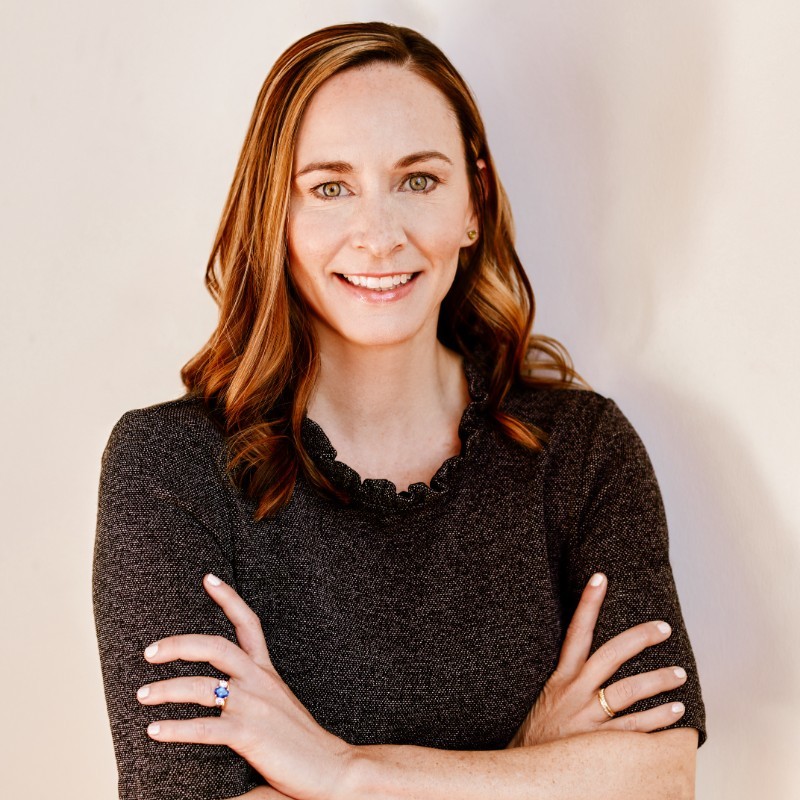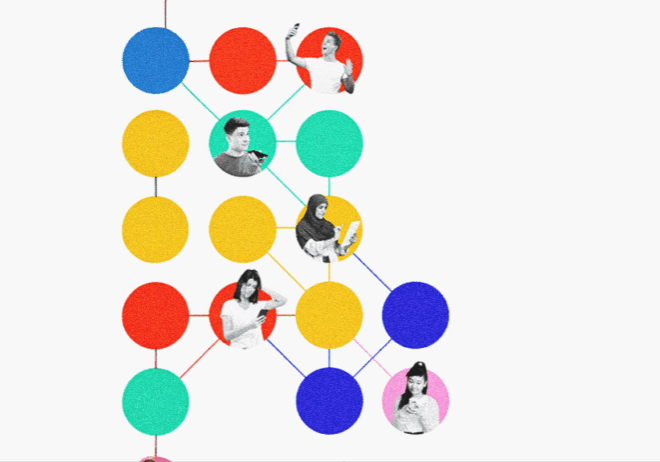
The $109B Mistake: Vanessa Chin on The High Cost of Emotionless Ads
In the aftermath of AdPulse’s piece, “Comfort Zone Creativity Poses Challenge for Brands, Risk-Takers Can Win”, one truth continues to grow louder across the ad industry: safe doesn’t sell.
We reached out to System1’s SVP of Marketing Vanessa Chin for her insight. She is putting a hard number to the consequences of creative complacency: $109 billion.
That’s how much more brands are spending just to make up for ads that fail to connect emotionally.
This isn’t about taste or preference. It’s about survival in a world where attention is currency, and emotional impact is the exchange rate.
Neutrality, the silent killer of Ad effectiveness
Chin’s warning is simple yet damning: creative comfort zones are costing brands big. In a study led by System1’s Chief Customer Officer Jon Evans, along with Adam Morgan of eatbigfish and advertising effectiveness expert Peter Field, the data is unignorable—47 percent of all U.S. TV ads evoke zero emotional response.

That’s nearly half of the industry producing campaigns that make audiences feel nothing. No joy, no shock, no curiosity. Nothing. And when people feel nothing, they don’t remember, don’t care, and definitely don’t buy.
Neutrality, Chin notes, is the enemy of effectiveness. But worse, it’s deceptive. It disguises itself as “safe” or “brand-consistent,” while silently burning through media budgets with little to show for it.
What does $109 billion buy you?
Apparently, mediocrity is the answer.
System1’s data takes the conversation beyond theory. Ads that fall into the “Extremely Dull” category, generating over 60 percent neutral emotional response—need $109 billion more in media spend to match the performance of emotionally resonant campaigns.
That’s not just a statistical anomaly. That’s a financial disaster.
Let that number sink in. That’s $109 billion in extra budget not driving added value, it’s patching holes left by ineffective storytelling. These ads are essentially trying to force visibility by volume, not quality. And in a fragmented media environment where audiences are more selective than ever, volume just doesn’t cut it.
The illusion of “on-brand” safety
Much like AdPulse’s original article suggested, brands have leaned into comfort, not because it works, but because it feels controllable.
Executives love the illusion of control. Safe creativity feels like a guarantee. It won’t offend. It won’t be confusing. But as Vanessa Chin points out, it also won’t be remembered.
The reality is that safe creative isn’t safe; it’s a liability.
Vanessa Chin, SVP, System1
When creative gets too predictable, too sterile, or too engineered, it becomes invisible. That’s a massive problem for brands who are trying to stand out in a sea of digital noise and 6-second attention spans. What you thought was a “solid” campaign could, in fact, be a silent budget drain.
Emotion drives effectiveness and growth
System1’s work has long emphasized the importance of emotional resonance in advertising. In particular, Chin highlights humor as a grossly underused creative tool.
Why humor? Because it sparks joy, and happiness is the single biggest predictor of long-term brand growth. Yet despite its power, many marketers avoid it. They fear backlash, cancellation, or missing the mark. But in that hesitation, they lose the opportunity to connect.
Humor doesn’t have to mean slapstick or silliness, it can mean clever, warm, surprising, or joyful. And when used right, it creates not just brand awareness but brand love.
The fear factor behind emotionless ads
So why do so many brands still play it safe? Why are nearly half of all ads emotionally neutral?
Part of it is legacy thinking. Decision-makers fear being too different. Creative departments are over-briefed, over-tested, and under-trusted. Marketers are told to innovate, as long as it’s within the guidelines.
Another part is fear of offense. Brands are terrified of crossing the line in an age of online backlash. But as Chin argues, avoiding offense has become synonymous with avoiding emotion altogether. And that’s a dangerous trade-off.
Yes, there’s a line to walk. But there’s also a clear payoff for those who walk it well.
Cannes Lions called it, tech proves it
The recent 2025 Cannes Lions Festival featured countless winners who took creative risks, whether through tone, format, or bold narrative choices. From socially aware campaigns to irreverent humor, one pattern stood out: risk-takers win.
System1’s SVP commentary adds science to that sentiment. Cannes showed us the case studies; Vanessa Chin is showing us the cost of not trying.
If Cannes was the creative call to arms, Chin’s $109 billion stat is the economic sledgehammer.
Brands need to redefine “safe”
It’s time to retire the outdated equation of “safe = effective.” Safe isn’t safe anymore; it’s a hidden cost. Brands must start redefining safety not as lack of risk, but as guaranteed return on emotional impact.
What’s truly safe? Ads that make people laugh, cry, remember, talk, and share.
What’s unsafe? Ads that get ignored, no matter how polished or “brand-aligned” they are.
Chin’s message is clear:
The future of advertising belongs to the bold. Brands need to start entertaining again. Surprising again. Emotionally connecting again.
That requires courage—to step out of the comfort zone and embrace work that might stir the pot, start a conversation, or spark a laugh. Because that’s where the magic happens, that’s where growth happens.
And if you don’t? You might find your campaign among the 47 percent that no one remembers. And worse, among the billions spent trying to make up for that silence.
Cut to the chase
Before signing off on your next “safe” ad, ask this: Is it worth being inoffensive if it costs you millions to be seen, and still no one remembers it?
Creativity isn’t a gamble anymore. Emotion is data. Humor is strategy. Boldness is efficiency.
And $109 billion later, the case for stepping out of the comfort zone has never been clearer.

